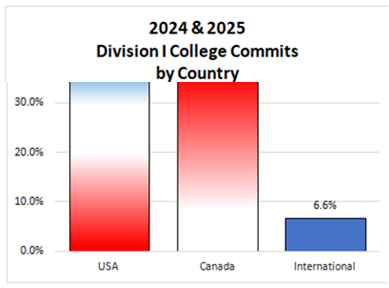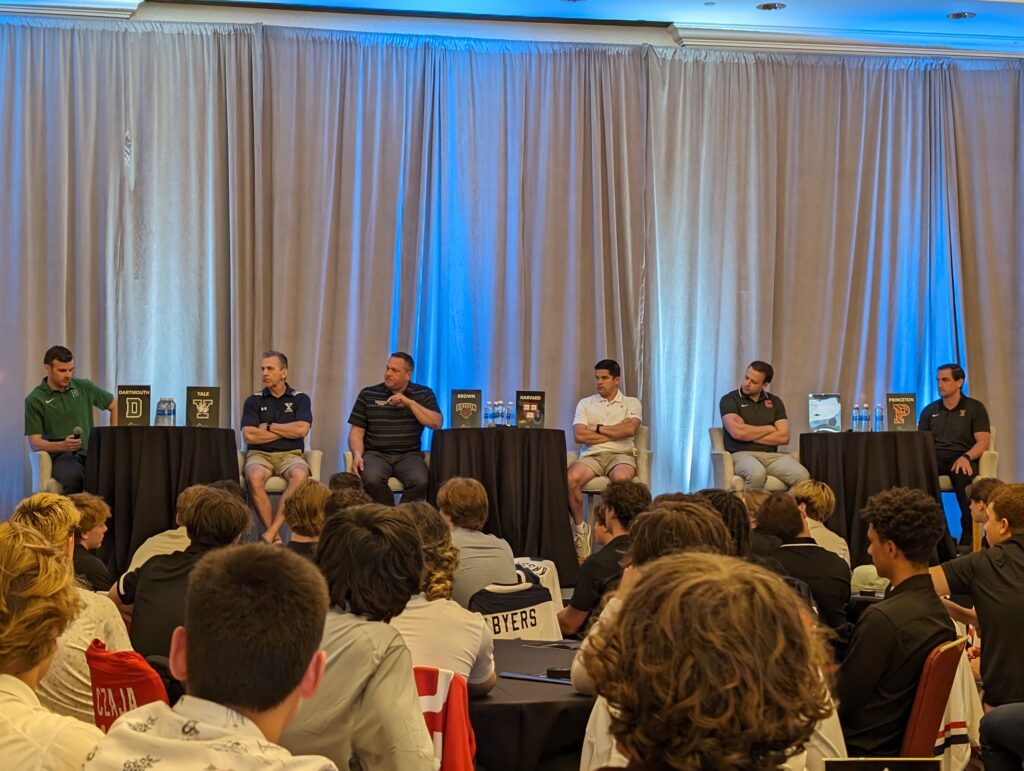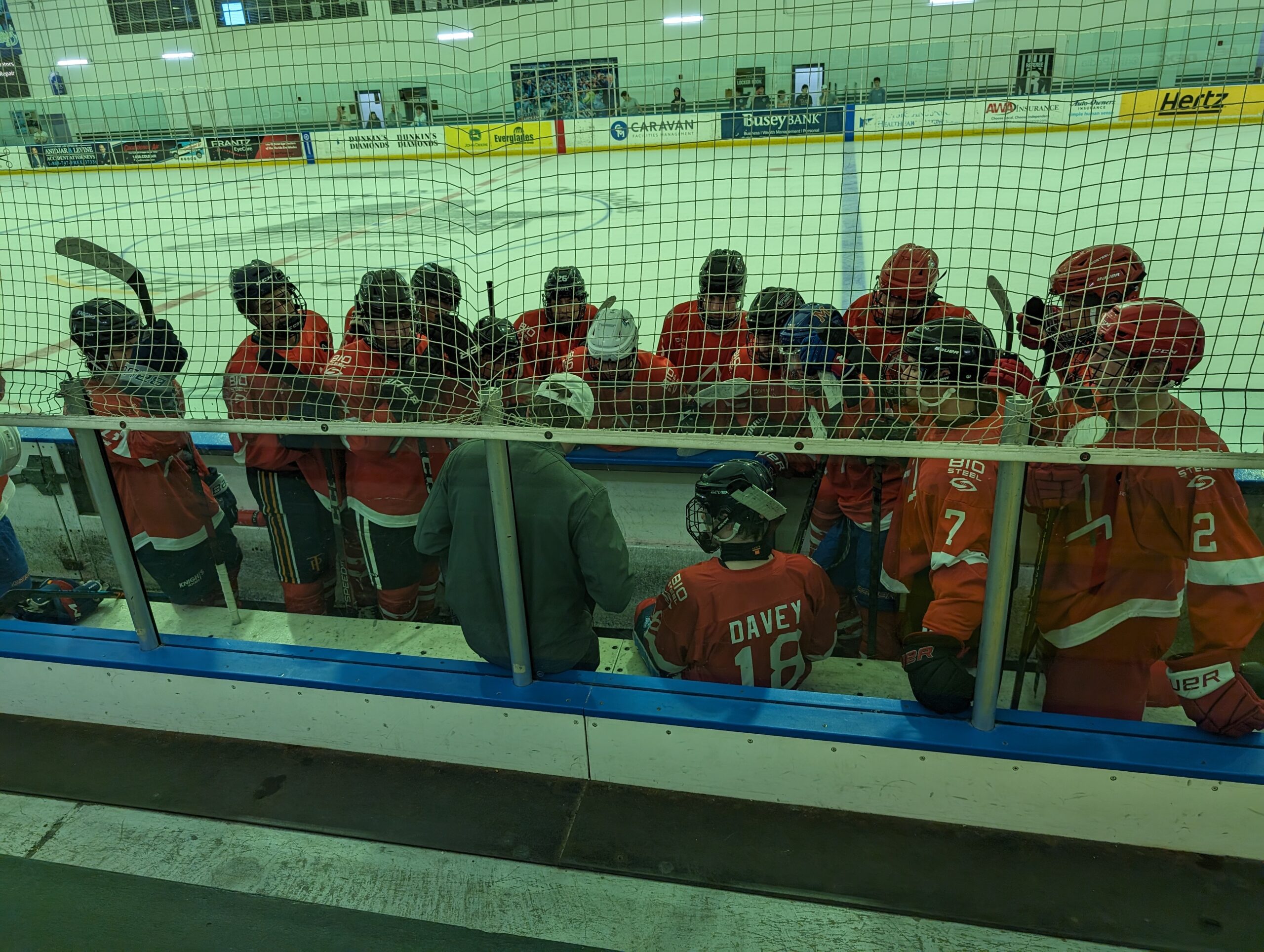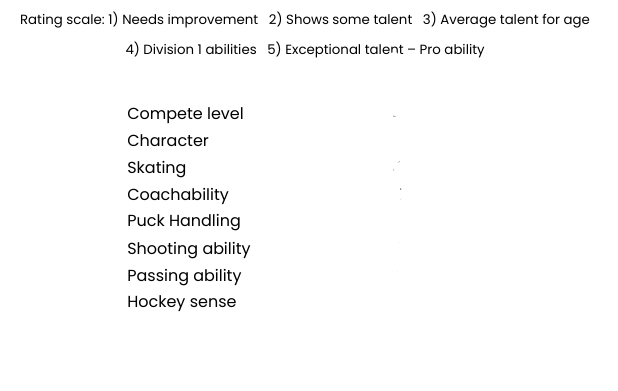An analysis breaking down commits from the U.S., Canada and Europe. It also provides insight into relatively how good a player needs to be within their country at their position.
What percent of players of DI women’s college commits come from Canada vs. the U.S. and why does it matter? Well, if you are a female player who aspires to play at the highest level of college hockey, it is important to recognize that you aren’t only competing with the top players who play for a USA Hockey National Championship. You are also being compared to the top Canadian and European players.
In analyzing our new and improved database of women’s college hockey commits, we have been tracking where every publicly announced commit is from and where they play. As you can see below, almost 40% of all Division I players are from Canada.
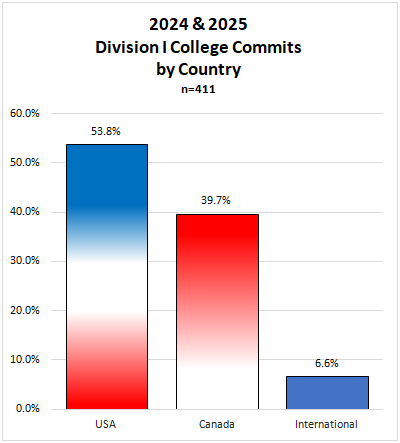
Source: Elite Prospects, College Commits, Champs App analysis (as of May 21, 2024)
So, how good do you need to be to play Division I women’s college hockey?
There are 45 Division I college women’s hockey teams. Assuming 25 players on each team, with 25% graduating every year (once the Covid extra year expires after this year), then there should be about 280 openings each year (assuming no DIII transfers to DI).
USA
With 54% of players coming from the U.S., that means an American player needs to be one of the best 150 players in the U.S. for their graduation year. And if your goal is to play for a Top 25 team it means you basically need to be one of the best 80 players in the U.S.
Thus to be a DI player, you would need to be one of the:
• Top 18 goalies in the US.
• Top 42 D in the U.S.
• Top 90 forwards in the U.S.
Canada
With ~40% percent of players coming from Canada, that means a Canadian player needs to be one of the best 112 players in the Canada for their graduation year.
Drilling down a little more, at the position level, it means:
• Top 14 goalies in the Canada
• Top 31 D in the Canada
• Top 67 forwards in the Canada
It is also important to note that a large majority of Canadian players primarily go to the top 25 DI U.S. schools, otherwise they could easily stay in Canada and be closer to home. For example they could play for Julie Chu or Caroline Ouellette at Concordia University. So the competition for these top schools is probably a little higher from Canadian players, thus lower the number spots for U.S. players at these high-ranking schools.

